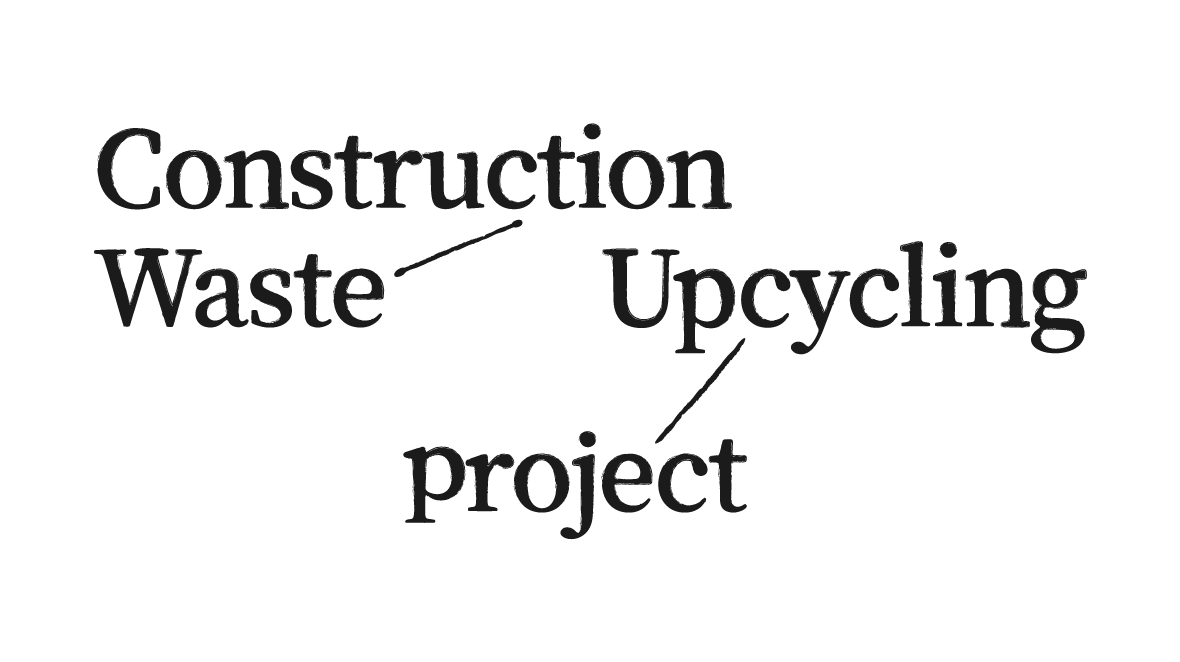The first step of material flow: the power of tracking
Every new building begins with natural resources. Metals and stone are mined, crushed, and smelted, then transformed into concrete, rebar, and bricks, becoming the very foundation of the building and marking the starting point of material flow. At present, Farglory Land is actively implementing a material flow system. This long-term initiative, in collaboration with the National Cheng Kung University team, involves data tracking, standard-setting, and linking both upstream suppliers and downstream recycling chains. Our vision is for Farglory Land’s construction sites to not only be the birthplace of buildings but also collection stations of data.
This will create a traceable material footprint—tracking everything from the source of concrete and the usage rate of rebar to the destination of waste. These data points allow Farglory Land to precisely monitor resource efficiency and carbon hotspots, while also providing scientific evidence to advance circular practices across the construction industry.
Data as the start of change: cement, sand, gravel, steel, and metals account for largest share in material flow
Through tracking and analyzing data, Farglory Land and the National Cheng Kung University team quickly discovered that cement, sand, gravel, steel, and other metals account for the largest proportion4 of construction waste. To achieve sustainable development, it is essential to monitor the flow of these materials precisely from the moment they enter a construction site to the end of their life cycle.
In the past, most waste was sent to landfills, a method that not only wasted resources but also placed a heavy burden on the environment. Among the waste, concrete blocks—which take up the largest share—pose a particularly difficult challenge in terms of treatment since they are large in volume and do not decompose easily. Finding ways to bring this material back into the urban construction cycle has therefore become one of our core objectives.


While building the material flow system, the pilot Gabion Experiment was launched
Farglory Land and the NCKU team set out to use material flow to tackle concrete, the most challenging type of construction waste to recycle. Waste concrete blocks about to be sent to landfills were instead reintegrated into the urban environment. These efforts gave rise to an environmentally friendly demonstration project, the Gabion Experiment.
This experiment is not only an application of material flow but also a prelude for green circular practices in the construction industry.

- Material flow refers to the movement and transformation of raw materials, parts, and products throughout production, supply chains, and logistics processes. It covers the entire process—from suppliers to manufacturing, production, storage, distribution, and even recycling—and is closely linked with information flow and fund flow. Material flow aims to improve efficiency, lower costs, and reduce waste through tracking and data analysis. In recent years, it has been widely applied in manufacturing, logistics, and circular economy.
- According to a 2021 report by Taiwan's Public Television Service (PTS), Taiwan generates nearly 70 million metric tons of construction waste annually (including soil and gravel).Figures are sourced from PTS News: https://news.pts.org.tw/article/507909
- Of the 70 million metric tons of construction waste and soil/gravel produced annually in Taiwan, only about 12 million metric tons, which is roughly 17%, enter government-supervised systems for legal treatment. Official data shows there are 59 licensed treatment facilities across Taiwan, with a combined annual processing capacity of about 11.38 million metric tons, which is far less than the total waste output. The remaining 50 million-plus metric tons cannot be traced, likely being absorbed through unreported processing, illegal dumping, or unregulated means. This creates an enormous blind spot that poses challenges to both environmental protection and regulatory oversight. Figures are sourced from PTS News:https://news.pts.org.tw/article/507909
- According to the Ministry of the Interior’s Research on the Estimation of Generated Construction Waste, demolition projects in Taiwan generate waste primarily in the form of waste concrete blocks (54.98%), waste bricks and tiles (29.84%), and waste steel (6.87%). If not properly managed, these wastes can have a severe impact on the environment. Source: Ministry of the Interior Global Information Network, Research on the Estimation of Generated Construction Waste: https://ws.moi.gov.tw/Download.ashx?u=LzAwMS9VcGxvYWQvT2xkRmlsZV9BYnJpX0dvdi9yZXNlYXJjaC8yMTgyLzE0NDc5MzAwODUxLnBkZg%3D%3D&n=Y29tcGxldGUucGRm



